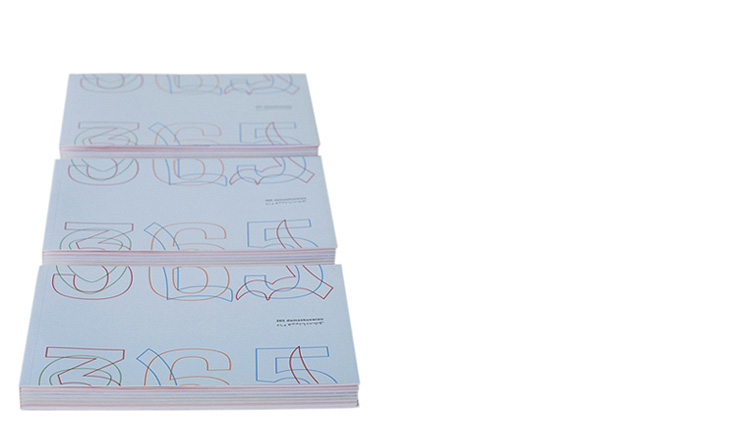
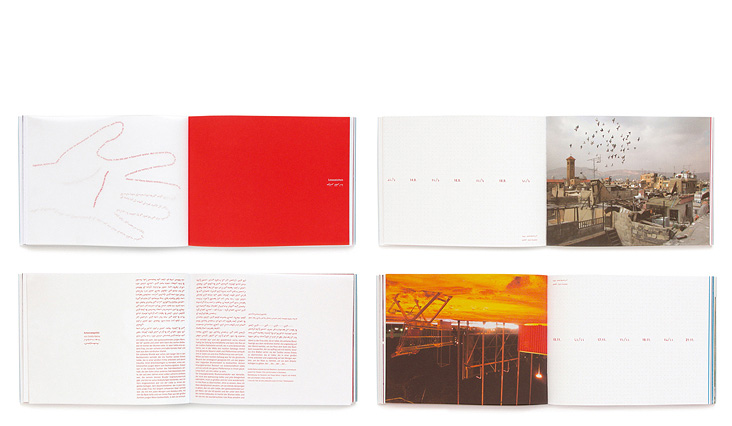
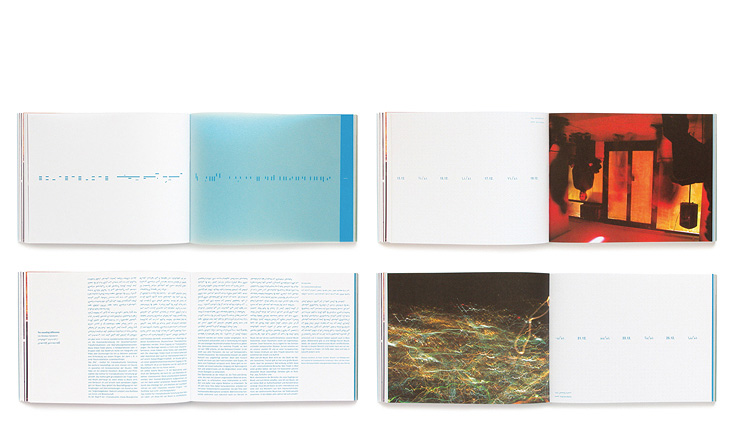
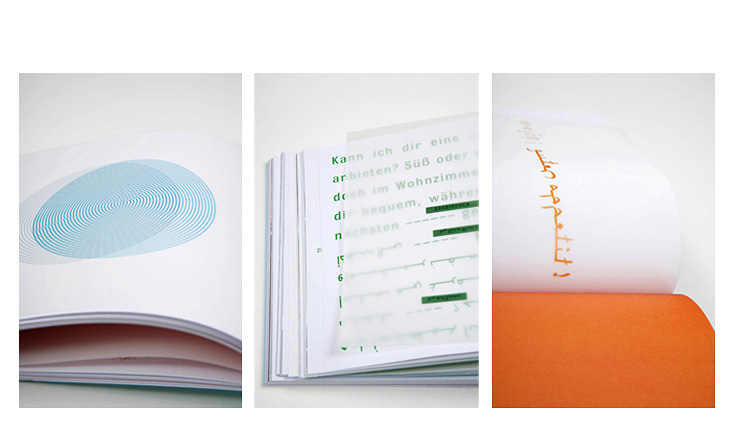
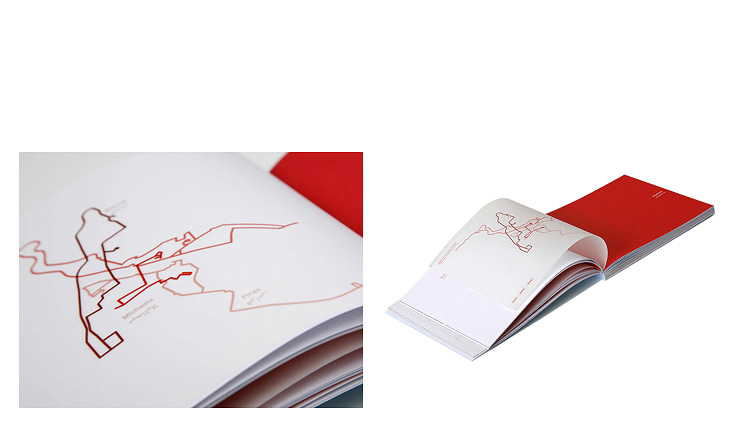
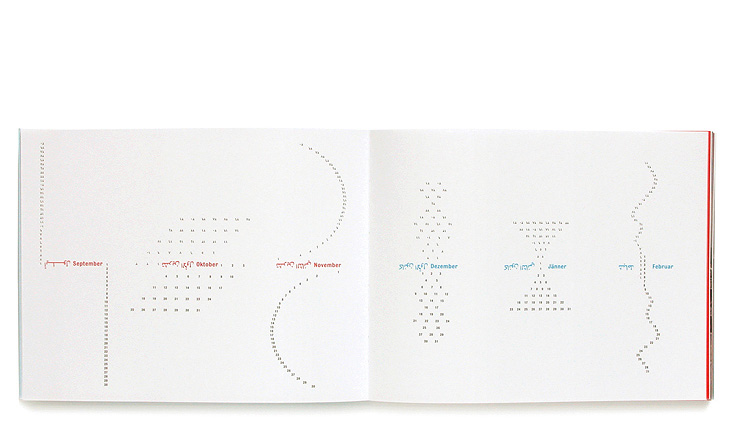
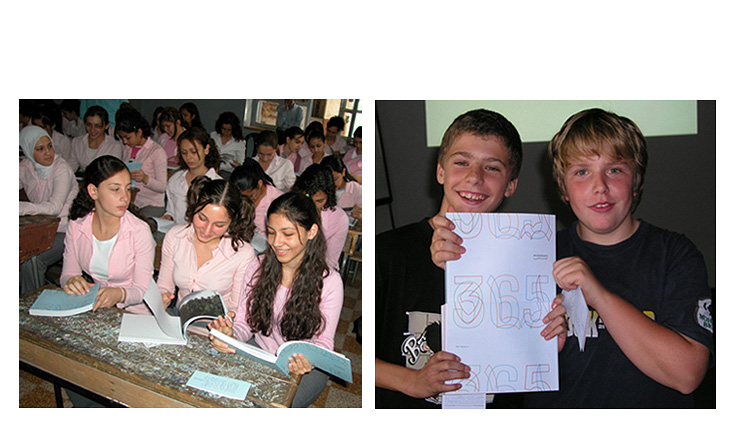
365 damaskuswien – in intercultural calendar book
This dialog starts on a graphical level, is deepened on a textual level through contributions by creative artists and continues in the use of the book as a diary-like medium.
365 damaskuswien – in intercultural calendar book
Since the calendar functions as a daily companion, the adolescents are not passive readers of texts, but rather active users of the book from the very start. This creates a foundation which facilitates the further engagement with current aspects of both cultures and promotes an up-to-date exchange and mutual understanding.
The design of the calendar book reflects the dialog it seeks to achieve in various ways:
- When two (or more) books are placed next to each other, the adjoining pages reveal the number 365 — as a visual metaphor for the dialog between the Austrian and Syrian students.
- Turning the book by 180° creates a common direction for reading and moving forward. The German and Arabic readers don’t go through the shared year against each other (like it is usually the case in bilingual Arabic-German books) but with each other.
- In the year view on the first pages the “Indian numerals” (predominantly used in Syria) and the “Arabic numerals” (used in Austria and Syria) are intermixed in a playful manner and consecutively take turns, day by day, to form an unobtrusive guiding line along the year.
- The (typo)graphic illustrations on the translucent pages introduce the topic of each month (such as literature, film, music, theater, everyday life, internet, ...) and visualize additional subjects like “dialog,” “overlapping” and “creating something new together.”
- The choice of both the Arabic and the Latin scripts and the position of the type area do not result in the juxtaposition of two separate writing systems, but in a harmonic, confluent, shared typography.
Angelika Mathis (ed.): 365 damaskuswien
format 22,4 x 17,2 cm, soft-cover, with translucent paper
216 pages, bilingual (German, Arabic)
with illustrations by Angelika Mathis and photographs by Cem Yücetas
Hohenems: Hämmerle (BUCHER) Verlag, 2004, ISBN 3-902249-51-X
Awards: 23rd International Biennial of Graphic Design Brno 2008;
Most Beautiful Books of Austria 2004 (A): Commendation;
55th International Calendar Show Stuttgart (D): Bronze;
Joseph Binder Award 2004 (A): Distinction;
Innovation Lab 2003 (A): First Prize;
distinguished thesis at the University of Applied Arts Vienna
More info & book orders »